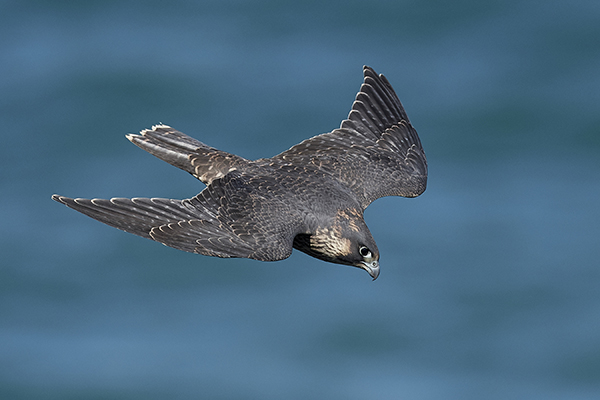
The new robot was designed by researchers at the Worcester Polytechnic University (WPI). It is a small submersible drone armed with tiny harpoons. It will be operating on its own, using machine learning to identify its target. Its intended opponent is an import from Indo-Pacific and Middle Eastern waters. Lionfish are colorful fish that vaguely resemble the terrestrial lion. These traits make them popular aquarium fish. Experts believe that invasive lionfish trace their descent from pets that were thrown away by their owners. The eggs of these animals were carried by the Gulf Stream into Caribbean waters, where they hatched and began to flourish. Lionfish are predatory animals. They have been preying on more than 40 local species such as shrimps, smaller crabs, the endangered Nassau grouper, and yellowtail snapper. The large fins on their back and sides have hollow bones that can be filled with poison. They whip those fins at their prey, stabbing their target and pumping poison into them. (Related: Researchers create robot fish that can swim right next to real ones in coral reefs.)
Robot submersible uses machine learning to identify and hunt lionfish
WPI researcher Craig Putnam is part of the team that designed the lionfish hunting robot. He said their drone could help resolve the ecological problem of invasive lionfish.
“The goal is to be able to toss the robot over the side of a boat and have it go down to the reef, plot out a course, and begin its search,” he explained. “It needs to set up a search pattern and fly along the reef, and not run into it, while looking for the lionfish."
The robot must be able to tell lionfish apart from the other fish. Furthermore, it must be able to tune out the many distracting sights and sounds found in a bustling coral reef. Machine learning techniques are employed to train the fish-hunting robot. The WPI students showed it many pictures of different species of lionfish that were taken from all kinds of angles and in various lighting conditions.
They also showed it pictures of human divers so that the robot learned what it should never attack. After training, the robot could identify a lionfish 95 percent of the time.
Lionfish are eating valuable seafood, so they will be hunted down and turned into food
The WPI-designed hunting robot carries a revolving carousel loaded with spear tips. When it encounters a lionfish, the robot will stab its target with a spear, killing the fish in a manner similar to how it hunts. After its use, the spear will detach from the carousel. It remains buried within the body of the dead lionfish while the robot continues looking for more targets. A single robot can kill up to eight lionfish before needing reloads.
This method of mechanical attack hampers the robot's ability to float properly. To compensate for this problem, the researchers fitted it with a watertight chamber that adds more air every time a spear gets spent. The drone must also be able to withstand the corrosive effects of saltwater. Otherwise, it will not last for long.
A new batch of WPI researchers will work on the navigation system. Once the drone is fully armed and operational, it will be provided to fishermen, who can sell the lionfish it slays to restaurants that consider it a local delicacy.
Learn more about invasive species like the lionfish at Ecology.news.
Sources include:
Please contact us for more information.























